Diesel Particulate Filter For Caterpillar C13 & C15 Engines 10R-6089 291-8519
$3,794.43 Original price was: $3,794.43.$3,000.00Current price is: $3,000.00.
- Prevents Harmful Emissions From Entering Environment
- Meets OEM Efficiency Standards
- Designed to Match OE Fit, Form and Function
- Replacement Filter For Various Trucks with Caterpillar C13 & C15 Engines
- Direct Replacement For OEM #:
- 10R-6089
- 1733481
- 291-8519
- 293-9990
- 294-8694
- Body Height: 27″
- Body Length: 21.4″
- Body Width: 18″
- Body Material: Stainless Steel
- Inlet Inside Diameter: 9.7″
- Inlet Outside Diameter: 14.44″
- Outlet Inside Diameter: 9.7″
- Outlet Outside Diameter: 14.44″
- Quality Made Product
- Sold Individually
- Includes Necessary Gaskets For a Complete Repair
What is a Diesel Particulate Filter (DPF)?
A Diesel Particulate Filter (DPF) is a vital component in modern diesel engines, including the Caterpillar C13, designed to mitigate the environmental impact of diesel emissions. The primary function of a DPF is to capture and store particulate matter (PM), such as soot, generated during combustion. This process is critical for ensuring that diesel engines meet stringent emissions standards set by regulatory agencies and for maintaining optimal engine performance.
The operation of a DPF involves a complex filtration system that works to trap the fine particles emitted from the engine exhaust. Composed primarily of porous ceramic materials, DPFs provide a substrate where soot can accumulate. As exhaust gases flow through the filter, larger particles are retained while cleaner air is allowed to exit the system. This process not only reduces harmful emissions but also contributes to the overall efficiency of the engine.
Within the DPF, there are two main types: passive and active filters. Passive DPFs typically rely on the normal operation of the engine to reach the necessary temperatures for soot combustion, while active DPFs incorporate additional systems to elevate exhaust temperatures for regeneration, ensuring optimal performance under various driving conditions. The regeneration process is crucial, as it periodically burns off the accumulated soot, preventing clogging and maintaining the effectiveness of the filter.
The technology behind DPFs represents a significant advancement in diesel engine design, reflecting the industry’s commitment to reducing environmental pollution. Additionally, regular maintenance and monitoring of DPF efficiency are essential for prolonging the lifespan of Caterpillar C13 engines, ensuring compliance with emission regulations, and supporting overall engine health. By understanding the workings of a DPF, owners and operators can make informed decisions about maintenance practices and the value of this critical technology in diesel engines.
Maintenance and Troubleshooting of DPF in Caterpillar C13 Engines
The maintenance of Diesel Particulate Filters (DPFs) in Caterpillar C13 engines is crucial for ensuring optimal performance and longevity of the system. Regular maintenance tasks play an essential role in preventing issues such as clogging and performance degradation. Owners and operators should adhere to a schedule that includes inspecting and servicing the DPF at regular intervals. This typically involves cleaning or replacing DPF filters based on operating conditions and usage patterns.
It is also vital to incorporate regeneration processes in the maintenance regimen of the diesel particulate filter. Regeneration refers to the process of burning off the accumulated soot within the filter, thus maintaining its efficiency. Caterpillar C13 engines often feature both passive and active regeneration systems. Active regeneration may be initiated when the filter reaches a specific soot load, where additional fuel is injected to increase the exhaust temperature and burn off soot. Operators should familiarize themselves with the conditions that trigger regeneration and the status of the DPF to ensure timely assistance.
To address these challenges effectively, it is recommended that operators implement regular inspections, perform thorough cleaning, and utilize diagnostic tools to monitor DPF status. Best practices for maintenance also include following manufacturer guidelines for repair and replacement, and ensuring that fuel quality is consistent. These strategies not only contribute to the reliability of Caterpillar C13 engines but also support compliance with emissions regulations.
Be the first to review “Diesel Particulate Filter For Caterpillar C13 & C15 Engines 10R-6089 291-8519” Cancel reply
Related products
Peterbilt filter
Peterbilt filter
Diesel Particulate Filter For Cummins ISM 10.8 Engine 2880281NX
Peterbilt filter



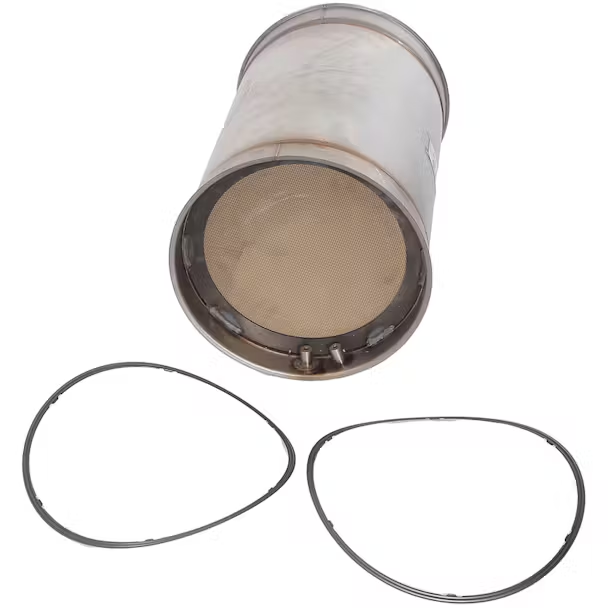
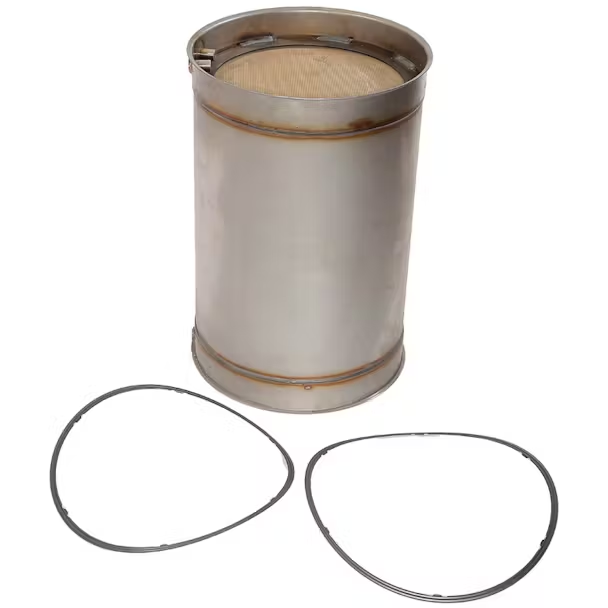
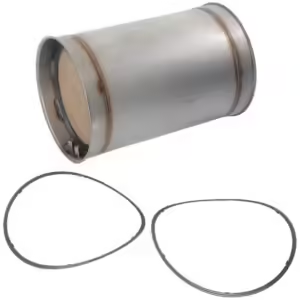
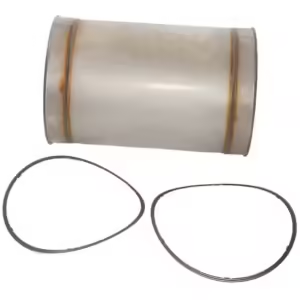
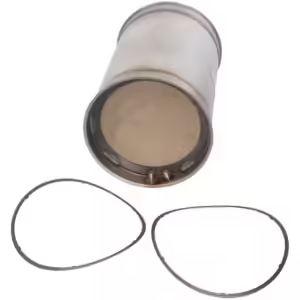
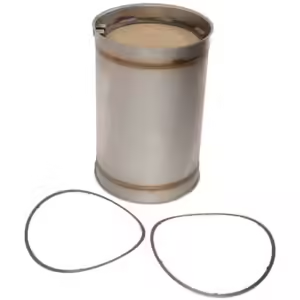
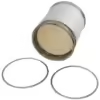

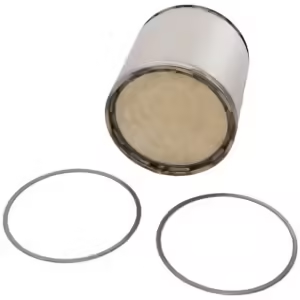
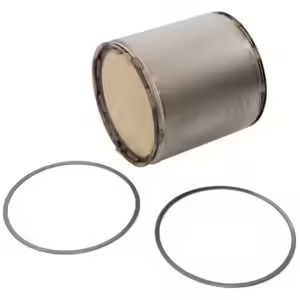
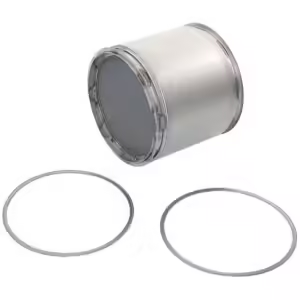




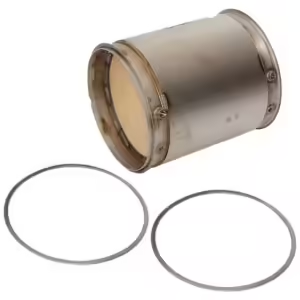
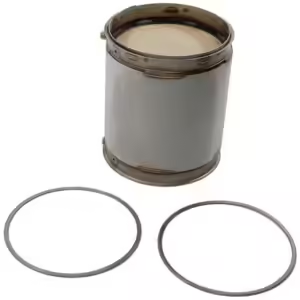
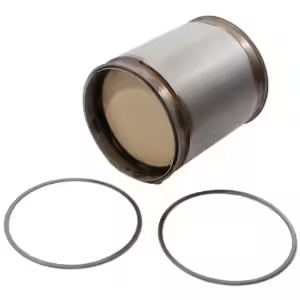
Reviews
There are no reviews yet.